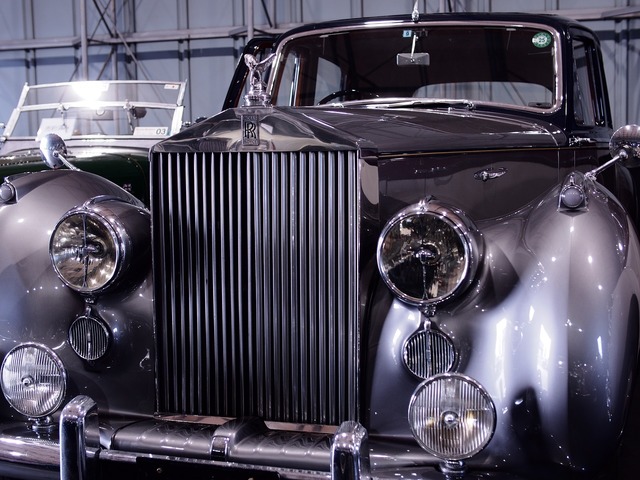Industry News
Customs Clarifies Classification and Rationale for Tariff Treatment of Automotive Glass
TweetSept. 5, 2023
By:
Chaney A. Finn
U.S. Customs & Border Protection (CBP) recently published ruling HQ H315471 (Jun 28, 2023) in response to a request for Internal Advice (IA) regarding the Harmonized Tariff Schedule (HTS) classification for certain automotive glass. CBP specifically considered windshield glass, rear window glass and side window glass, all used for passenger vehicles of particular vehicle brands. The subject models were described as industry representatives and consisted of the following:
· DW1817SGTY, Cadillac 5RX 4D Utility, 2012-2020. Automotive windshield with molding. Ceramic frit shown in photographs (Model A).
· FW2824SGTYJ, Mercedes Benz GL 450 4D Utility, 2008-2012. Automotive windshield with molding. Ceramic frit shown in photographs (Model B).
· FW317ISGBN, Kia Sorento 4D Utility, 2011-2015. Automotive windshield with heating device. Ceramic frit shown in photographs (Model C).
· FD25400YPN, Land Rover Range Rover Evoque 4D Utility, 2012-2019. Automotive tempered door glass (Model D).
· FD26928SGTN, Toyota Prius 4D Hatchback, 2016-2020. Automotive tempered door glass (Model E).
· DB9520SGTN, Ford Econoline 3D Van 1998-2016. Automotive tempered backlite glass. Photograph shows a ceramic frit (Model F).
· DB12356YPN, Ford Transit Van 2015- 2019. Automotive tempered backlite glass with heated. Ceramic frit shown in photographs (Model G).
· DB12357YPN, Ford Transit Van 2015-2019. Automotive tempered backlite glass with heating device (Model H).
· FB26160YPY, Nissan Rogue 4D Utility 2014-2020. Automotive tempered backlite glass with heated. Ceramic frit shown in photographs (Model I).

In the ruling, CBP considered two HTS headings for the glass models which were 7007 which provides for safety glass, consisting of toughened (tempered) or laminated glass, and 8708 which provides for parts and accessories of the motor vehicles of heading 8701 to heading 8705.
The ruling focused heavily on the ceramic frit which is described as baked-in black ceramic paint around the edges of the safety glass. The importer argued that the purpose of the frit is to provide an etched surface that allows the adhesive to bond to the automotive glass and was the contact point between the glass and the frame and served to strengthen the adhesive bond. Additionally, the frit provided protection to the adhesive bond against UV radiation which is weakened when exposed to continual direct sunlight.
Several previous rulings were considered in the analysis of the classification for the windshields, specifically regarding attachments such as locator pins, rain sensors, and rear-view mirror bases. The considerations for the backlite glass included attachments such as ceramic frit border, silver heating and antenna lines or molding. However, the frit was the determining factor.
CBP held that models A, B, C, F, G, H and I were properly classified in subheading 8708.29.50 which provides for “Parts and accessories of the motor vehicles of heading 8701 to heading 8705: Other: Other: Other” at a duty rate of 2.5% ad valorem. These models contained frit and/or heating devices which were attachments. Rubber molding would have also placed glass in this subheading. Models D and E did not contain frit, heating devices, rubber molding, or any other attachments and were more properly classified in subheading 7007.11.10 which provides for “Safety glass, consisting of toughened (tempered) or laminated glass: Toughened (tempered) safety glass: Of size and shape suitable for incorporation in vehicles, aircraft, spacecraft or vessels: For motor vehicles of chapter 87.” This is subject to a duty rate of 5.5%.
If you have any questions regarding tariff classification, do not hesitate to contact any attorney at Barnes, Richardson & Colburn, LLP.
